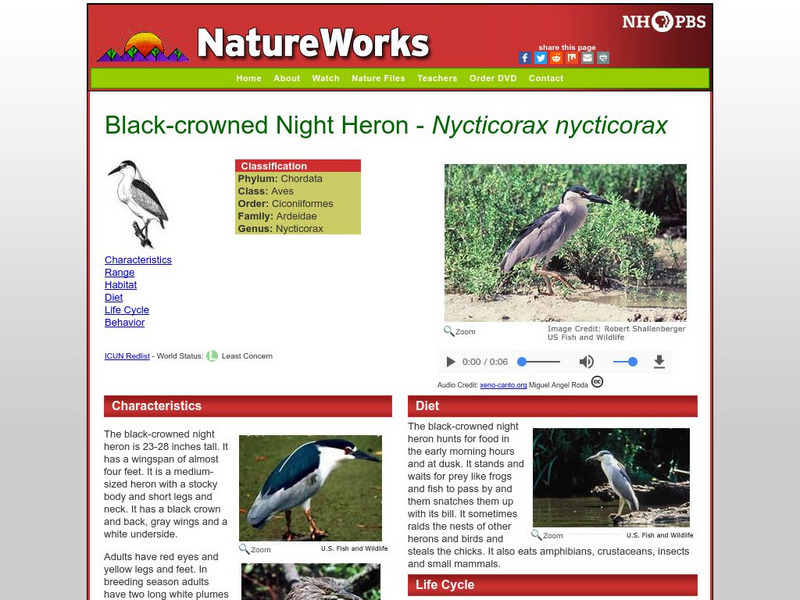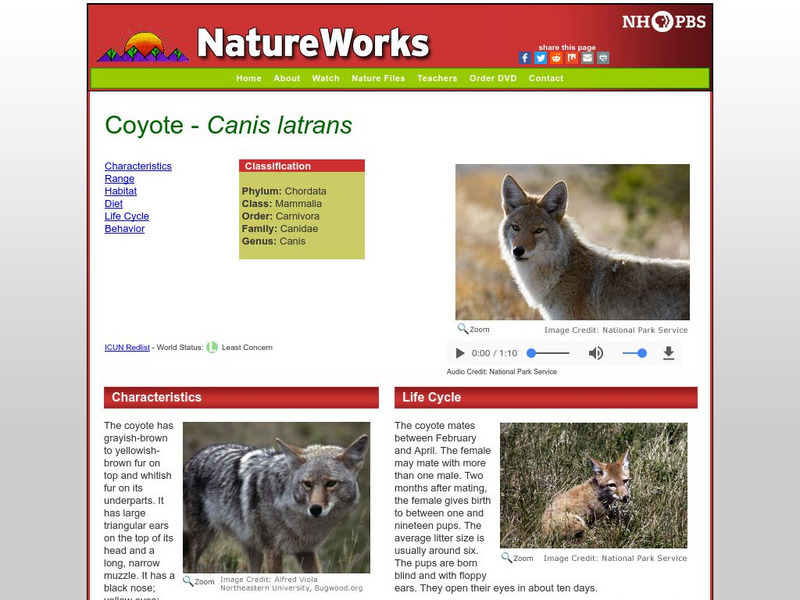Penguin Books
Using Thirteen Reasons Why in the Classroom
Thirteen Reasons Why by Jay Asher helps bring difficult, but important, topics such as suicide and bullying into the classroom. An educator's guide for the novel provides activities and discussion questions to help teens explore the...
Tennessee Pediatric Society Foundation
Commit to be Fit
Staying physically fit takes time, energy, and commitment...but it can also be a lot of fun! This list includes 11 simple ways to stay motivated to exercise and will help your young athletes commit to a life of fitness and healthy living...
Curated OER
Understanding the Influence of the Media
Critically analyze advertising techniques, such as circular reasoning, bandwagon, testimonial, and repetition, with worksheets that effectively discuss and illustrate how the media aims to influence.
National Save
Dating Violence: Are You a Victim?
The teenagers in your class are probably involved in romantic relationships, but are they keeping themselves safe? Guide learners through the warning signs for dating violence with a series of lessons and discussions.
Penn Museum
Maya Ball
Sure the ancient Mayan civilization had an advanced calendar and mathematical system, but did you know that they also played a great team sport like basketball? Invite your learners to discover the great ballcourt at Chichen Itza and...
BBC
Walking with Dinosaurs
Breath new life into your class's study of dinosaurs with this extensive collection of materials. Offering everything from a printable T-rex mask, word searches, and connect-the-dots activities to informational handouts, hands-on...
Biology Class
Scientific Method Worksheet
Knowing the names of the steps of the scientific method is not enough; in order to really understand each of the elements, one must practice. Beginning with an engaging recap of the steps of the scientific method, learners practice the...
PBS
Hands-On Engineering Challenges to Bolster Your Electricity, Sound, and Force Units
Need some activities to go along with your unit? A collection of hands-on activities from PBS offers opportunities to add to your electricity, sound, and force units. The electricity activities revolve around building a...
ProCon
Social Media
Facebook, Instagram, Twitter—are they good for society? Pupils prepare for a class debate in which they voice their opinions on the issue. They read the main pro and con arguments, explore others' opinions, view videos, and discover the...
Other
Bfi Screenonline: Glossary of Film and Television Terms
Follow this link to the British Film Institute's glossary of film and television terms.
Other
Association for Educational Communications & Technology: Learning From Tv
Research regarding what is internalized and learned from television and the responsibility parents and educators have helping students to decipher between reality and fabrication. Media literacy, or how a viewer perceives what they are...
PBS
Pbs: Who Made America?: Innovators: Joan Ganz Cooney
She invented fun, educational television for preschoolers -- creating an institution with a measurable, positive impact on millions of children.
US Department of Education
Us Dept. Of Education: Steps You Can Take to Improve Your Children's Education
There are some proven steps that you can take to improve your child's education such as reading at home together and limiting the use of the TV. Find more advice from the US Dept. of Education.
National High Magnetic Field Laboratory
Magnet Academy: Iconoscope 1923
American inventor Vladimir Zworykin, the "father of television," conceived two components key to that invention: the iconoscope and the kinescope.
National High Magnetic Field Laboratory
Magnet Academy: Siegmund Loewe
Siegmund Loewe was a German engineer and businessman that developed vacuum tube forerunners of the modern integrated circuit. He pioneered both radio and television broadcasting, and the company he established with his brother, David...
National High Magnetic Field Laboratory
Magnet Academy: Timeline of Electricity and Magnetism: 1940 1959
Defense-related research leads to the computer, the world enters the atomic age and TV conquers America.
PBS
Nh Pbs: Nature Works: Atlantic Puffin
Find out more about the characteristics of the Atlantic Puffin when you visit this educational resource. This site includes information on reproduction, range, habitat and more.
PBS
Nh Pbs: Nature Works: Black Crowned Night Heron
What do you know about the Black-crowned Night Heron? Come and discover more about this wading bird's' reproduction, diet, habitat and more through this educational resource.
PBS
Nh Pbs: Nature Works: Brant
Explore this educational resource featuring the Brant. Students will learn more about the characteristics, diet, habitat, reproduction of this fascinating aquatic bird.
PBS
Nh Pbs: Nature Works: Cinnamon Teal
Learn about the Cinnamon Teal through this educational resource created by NatureWorks. This site features information on characteristics, diet, habitat, range, reproduction, and behavior.
PBS
Nh Pbs: Nature Works: Colorado River Toad
Come and check out this educational resource featuring the Colorado River Toad. The content of this site includes information on this species' characteristics, range, habitat, diet, reproduction, and behavior.
PBS
Nh Pbs: Nature Works: Coyote
Explore the world of the Coyote through this educational resource. This site features information on coyotes ranging from characteristics, diet, reproduction, range, habitat, and behavior.
PBS
Nh Pbs: Nature Works: Downy Woodpecker
What do you know about the downy woodpecker? Come and explore this educational resource featuring information on the diet, habitat, life cycle, behavior, characteristics and range of this land bird. You can also listen to this land...
PBS
Nh Pbs: Nature Works: Eastern Chipmunk
Did you know the Eastern Chipmunk has white fur on its stomach and reddish-brown fur on its back? Come and explore this educational resource to learn more about this creature's diet, habitat, life cycle and more.























